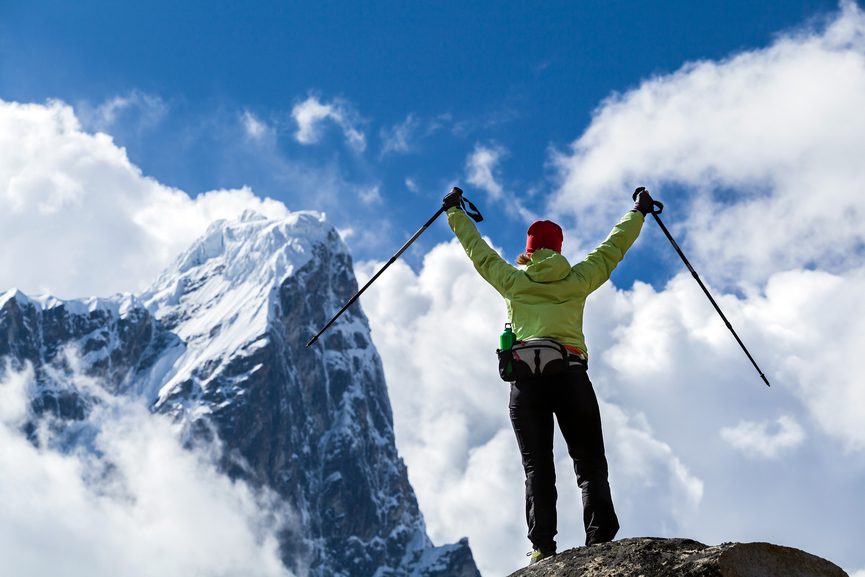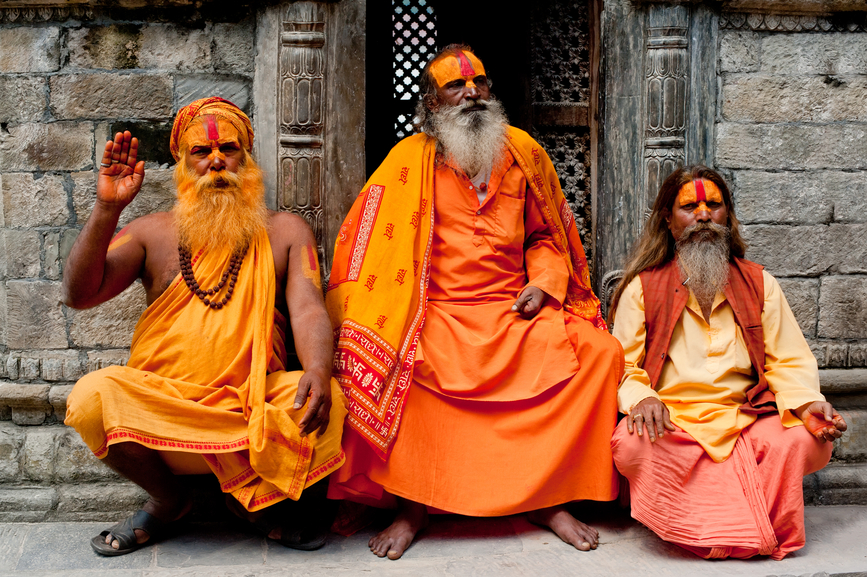Ken, JN1THL and Toshi, JA8RUZ will be active from Nepal until 10 November 2014 as 9N7KT and 9N7RZ.
They will operate on HF bands.
QSL info:
9N7KT via JN1THL.
9N7RZ via JA8RUZ.
Nepal
Nepal, which is officially the Federal Democratic Republic of Nepal, is a landlocked country in Southern Asia. It is the world's 93rd largest country by land mass thanks to it area of approximately 147,181 square kilometers (56,827 sq mi). In terms of population, Nepal is the 41st most populous country in the world with a population approximately 27 million.
The country, which is located in the Himalayas is bordered to the north by the People's Republic of China, and to east, west and south by the Republic of India. The narrow Indian Siliguri Corridor separates Nepal from Bangladeshi and Kathmandu is its capital city.
It is home to 8 of the world's 10 highest peaks, inclusive of Mount Everest - the world's tallest - on the border with Lumbini and Tibet.
Geographical aspects
Nepal has boasts of very diverse geographical aspects. It stretches for approximately 800 kilometers (497 mi) in length and 200 kilometers (124 mi) in width, making it almost trapezoidal in shape.
The country is landlocked by India on three sides, with China's Tibet Autonomous Region land locking it to the north.

Climate
Nepal boasts of a Monsoonal climate divided into four main seasons - although traditionally, six distinct climate periods were categorized in a year. The six periods were: Spring (Basanta), early summer (Grishma), summer monsoon (Barkha), early autumn (Sharad), late autumn (Hemanta) and winter (Shishir).
The months of June through to September bring with them heavy monsoonal rains while the weather tens to be cool and clear in the months of October through to December. January to March on the other hand tend to be cold while the months of April through to June tend to be dry and warm.
Culture
Different parts of Nepal boast of different traditions and customs. Throughout the year, numerous festivals are celebrated in the region with lots of food and merriment.

Religion:
On May 18, 2006, the Parliament declared Nepal as a secular country. Although a vast majority of Nepalies practice Hinduism or Buddhism, other religions are also present, inclusive of Christianity, Bon, Sikhism, Islam, ancestor worship and animism.
Both Buddhists and Hindus of Nepal widely worship Buddha. The five Dhyani Buddhas; Akshobhaya, Vairochana, Amitabha, Amoghasiddhi and Rathasambhava represent the five basic elements: fire, earth, air, ether, and water.
On the other hand, the ancient Vedic gods are worshiped by Hindu Nepalis. The Supreme Hindu Trinity is worshiped with Bramha the Creator, Vishnu the Preserver and Shiva the Destroyer.
Customs:
The ethnic diversity of the nation makes for a diversity in customs, with a number of the customs being traced back to the Buddhist, Hindu or other religious traditions.
Beef is not eaten by Nepalis, with a number of reasons being given for this practice. One of the reasons is that the Hindus worship cow. In addition to being worshiped, it is also Nepal’s national animal. Another reason is the Nepalis concept of pure and impure. The Nepalies consider food or material touched by another’s mouth either directly or indirectly as impure(“Jutho”). On the other hand, cow dung is considered pure and is used for cleansing purposes.
Being a patriarchal society, women are usually homemakers while men go out to work.

Food:
There is no distinct cooking style present in Nepal. Different regions have different food habits, with Tibetan and Indian cooking styles influencing a vast majority of Nepal food. To get an authentic Nepali taste, try out the Thakai and Newari cuisines.
A regular meal in Nepali consists of tarkari (curried vegetables), bhat (boiled rice) and dal (lentil soup), and is often accompanied by achar (pickle). Normally, the food is eaten by use of the right hand and no cutlery is used by a number of Nepalis.
Language
Nepal has a diverse linguistic heritage that evolved from four major language groups: Mongolian, Tibeto-Burman, Indo-Aryan, and a number of other indigenous languages. Nepali is the widely spoken language taking on a 44.6% according to the 2011 census. Other languages spoken include: Maithili, Nepal Bhasa, Bhojpuri, Tamang, Tharu, Bajjika and Magar , Doteli, Sunwar and Urdu.
In addition, the country is also home to t least four indigenous sign languages. Officially, Nepali is the language spoken in the country while the regional languages of Maithili, Bhojpuri, Awadhi and Hindi are rarely spoken in the southern Terai Region.
English as a language is also spoken in the country especially in business and the government. North of the higher Himalaya speak a number of Tibetan dialects.
Interesting facts about Nepal
- It was in the 1950 that Nepal opened its borders to the world. This led to a number of people visiting the country through the years hence adding to its tourism potential.
- Greeting is not done with a handshake, rather, the people in Nepal greet by putting their palms together and bowing their forehead while saying Namaste (directly translated as ‘I salute the God in youˇ). The same greeting is used throughout India.
- Momo is a fast food that is cheap and popular. They are dumplings that are made fromflour and water filled with different fillings such as meat, chicken, meat or vegetables and either steamed or fried and served with a dipping sauce.
- Darkness forms a greater part of the country. Regardless of the fact that Nepal ranks second in water resource in the world, hence giving it great hydropower prospects, there is plenty of load shedding present. This can be attributed to the lacking infrastructure to accommodate the population in the country. As such, load shedding is commonplace in the country hence affecting its development since a number of businesses or industries re affected.
- Nepal is the birthplace for the Lord Buddha hence a number of devout Buddhists flock the country, more so Lumbini to pay their respects.
- The country is home to a huge number of World Heritage Sites. Seven World Heritage Cultural sites can be found at the Kathmandu valley alone within a radius of 15 kilometers. This is turn increases its tourism potential.

